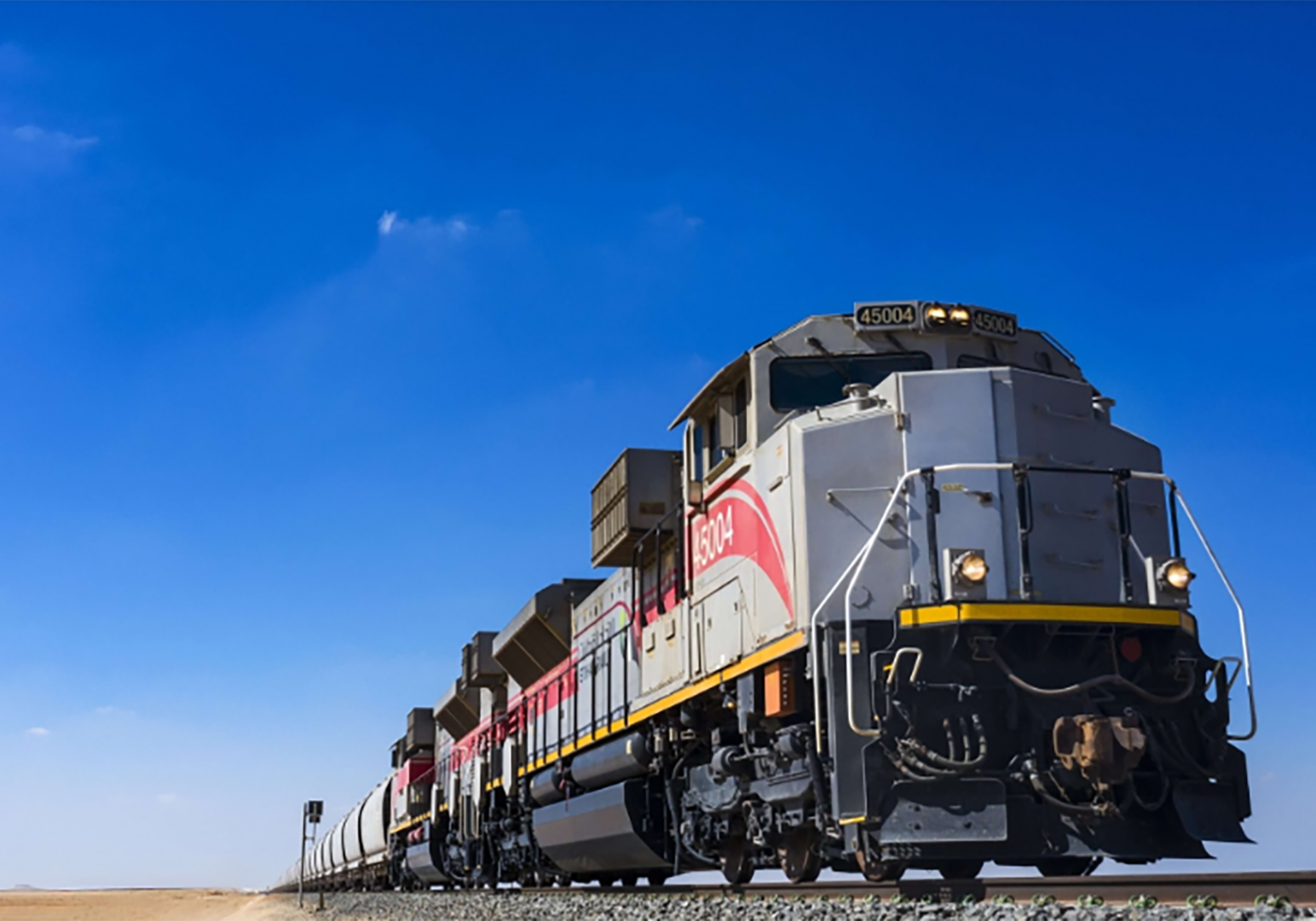Greater Banjul Rail Mass Transit Concept Development
LansDG Engineering with the International Investment and Capacity Enhancement Group (IICEG) are presently developing an elevated mass rail mass transit scheme in the Greater Banjul area of The Gambia. The area proposed for the Light Transit is the Kanifing Region of Greater Banjul with the biggest population density in the Gambia hence has potential ridership. There is presently no mode of mass transportation in the area with majority of journeys undertaken by private vehicles or taxis.
The Bertil Harding Highway and Senegambia Highway, which run parallel to the Atlantic coast for about 5km traverse the core of the business and tourism areas of Kanifing. Experience now shows that section of the road network nearly gridlocked as it struggles to cope with the volume of traffic and footfall.
The considerable project will increase commercial activity in the Kanifing area and provide much needed employment for large numbers of the population. The author proposes this could be up to 10,000 (direct and indirect) well-paying jobs.

